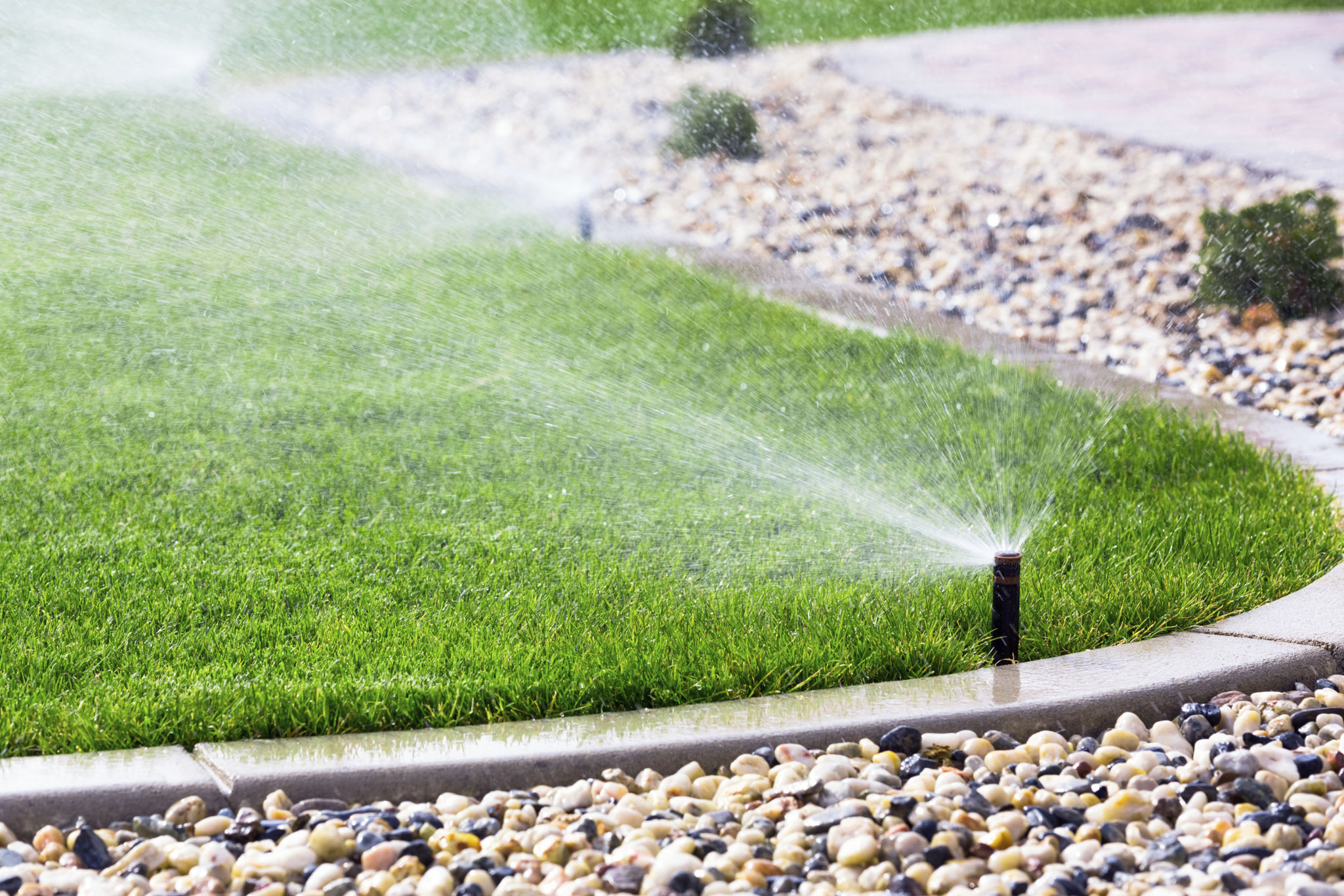Understanding Ohio's Lawn Care Regulations: A Guide for Homeowners
Introduction to Ohio's Lawn Care Regulations
Maintaining a lush, healthy lawn is a priority for many homeowners in Ohio, but it's essential to understand the regulations that come with it. Ohio has specific guidelines designed to protect the environment and ensure community safety. This guide will help you navigate these rules and maintain your yard within legal boundaries.
Permits and Permissions
Before making significant changes to your lawn, such as installing a new irrigation system or using certain pesticides, check if you need a permit. Ohio regulations may require permits for activities that could impact the local environment. It's vital to contact your local government office or check their website for specific requirements in your area.

Fertilizers and Pesticides
Ohio's regulations on fertilizers and pesticides aim to minimize environmental impact and promote safe usage. Homeowners should adhere to the guidelines provided by the Ohio Department of Agriculture. This includes using only approved substances and following recommended application rates and timings. Misuse of these chemicals can lead to legal penalties and potentially harm local ecosystems.
It's also recommended to conduct soil tests before applying fertilizers to ensure you're using the correct nutrients for your lawn's needs. This not only promotes healthy grass growth but also prevents excessive runoff into local waterways.
Water Usage
Water conservation is a crucial aspect of lawn care in Ohio. With occasional drought conditions, it's important to follow any local water usage restrictions or guidelines. Efficient irrigation systems and choosing drought-resistant grass varieties can help maintain a vibrant lawn while conserving water.

Grass Height Regulations
Maintaining an appropriate grass height is not just about aesthetics; it’s also a matter of compliance. Many Ohio municipalities have ordinances about maximum grass height, usually around 6 to 8 inches. Regular mowing is necessary to avoid fines and keep your yard looking its best.
Furthermore, keeping your grass at the recommended height helps prevent pests and diseases, contributing to the overall health of your lawn.
Dealing with Invasive Species
Invasive plant species can wreak havoc on native ecosystems. Homeowners are encouraged to familiarize themselves with local invasive species and take steps to remove them from their lawns. The Ohio Department of Natural Resources provides resources and support for identifying and managing these plants.

Conclusion
Understanding Ohio's lawn care regulations is essential for any homeowner looking to maintain a beautiful and compliant yard. By adhering to these guidelines, you can enjoy a thriving lawn while contributing to the well-being of your community and environment. Stay informed about any changes in regulations and continuously educate yourself on sustainable lawn care practices.